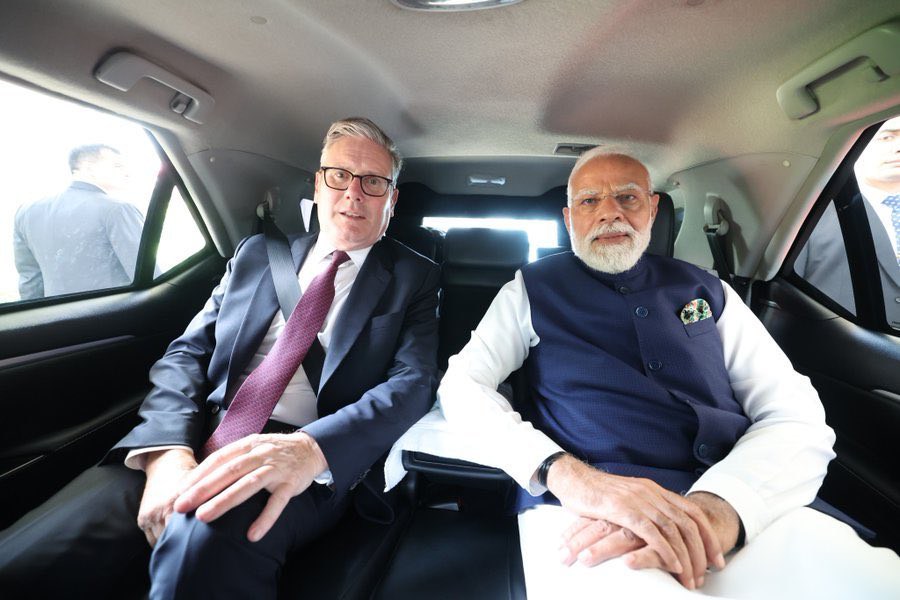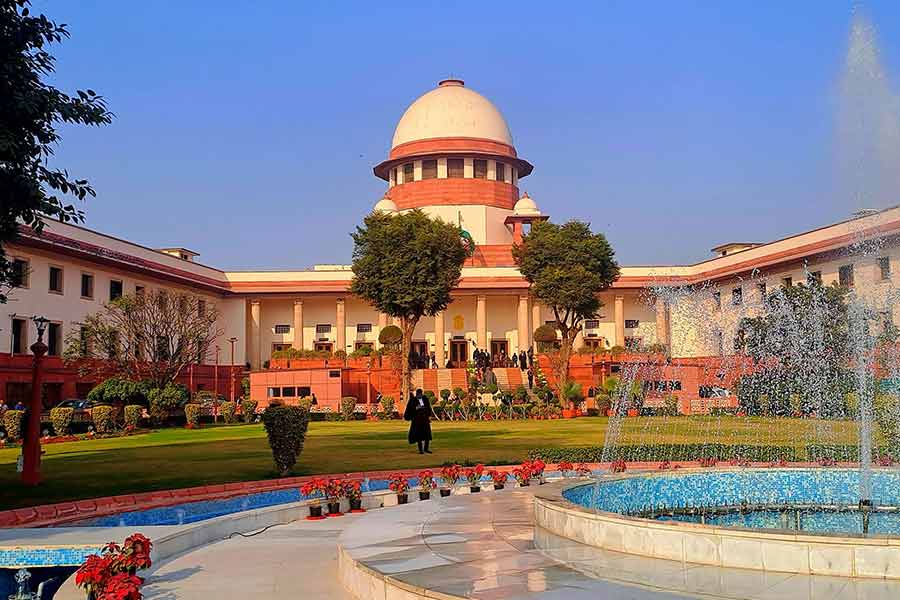|
|
| Global books, local market |
Mass market paperbacks published in the United Kingdom, or reprinted under licence by Indian publishers carry two notices on their backcovers: “not for sale in the US and Canada” or “for sale in the Indian subcontinent only”. This means that such titles cannot be re-exported to the North American continent or elsewhere because separate editions have been published there for the local markets.
Put another way, the English-speaking market has been parceled out by the big publishing conglomerates into three or four zones: North America, Britain and the former Commonwealth, which includes all of Africa, with Australia, New Zealand, Singapore and Hong Kong usually shared by Britain and the United States of America on a book-to-book basis. Under these market reservations, what is published in one zone cannot be exported to another — at least not in sizeable numbers — and to do so would be a violation of territorial rights. But because of the domination of American publishers, these market rights have come to mean less and less, and markets are freely transgressed, especially by American wholesalers.
With fluctuating exchange rates and the rapid globalization of the English-speaking book market, do these reservations make much sense now?
To begin with, take the case of reservations in our own market. The Indian market simply can’t afford British and American prices. We need specially reduced prices, usually pegged at half the western maximum retail prices. British publishers, who also handle US publications because of their tie-ups, have realized that any kind of presence in India would mean reduced prices, and this has been accepted by all according to an agreed formula on the minimum quantity to be ordered.
Quantities, of course, vary from book to book, but there has to be a minimum if a special price is to be provided. That is why you will find a ‘reduced price’ tag appended to each book — if it isn’t there you can take it that you are being cheated.
But there is a downside to specially negotiated prices. British publishers insist on a minimum print run, and prefer that this quantity is negotiated before their production process begins, so that the extra copies needed are tied up with their own requirements. This gives them economies of scale and a lower unit cost that enables them to offer competitive prices. But the catch for us is that we have to decide on the quantity relying on inadequate information and in too little time, which doesn’t allow us to consult other experts. For India-centric books by well-known scholars this can be relatively simple, but for little-known writers it can be dicey in an uncertain market.
Also, these specially priced books, which are always one-off deals, cannot be returned to the publishers if they fail, unlike others that are ordered freely at full published prices with the usual trade discounts. The Indian book trade, which has been brought up with the assurance that unsold copies can always be returned with full credit, hesitates to take the risks, however tempting the offer may be.
Instead, Indian publishers believe in reprinting titles under licence from British publishers. But to make reprinting a viable commercial proposition, a minimum print run is required — usually at least 1,000 copies. This might seem to be a ridiculously small figure for a market as large as ours, but selling is not easy when so many books are vying for space and attention. It might be wiser to settle for a lower quantity and negotiate a better price than to put one’s own money on 1,000 or more copies. We have learnt that we can sell small quantities of a large number of titles rather than large quantities of a few titles.












